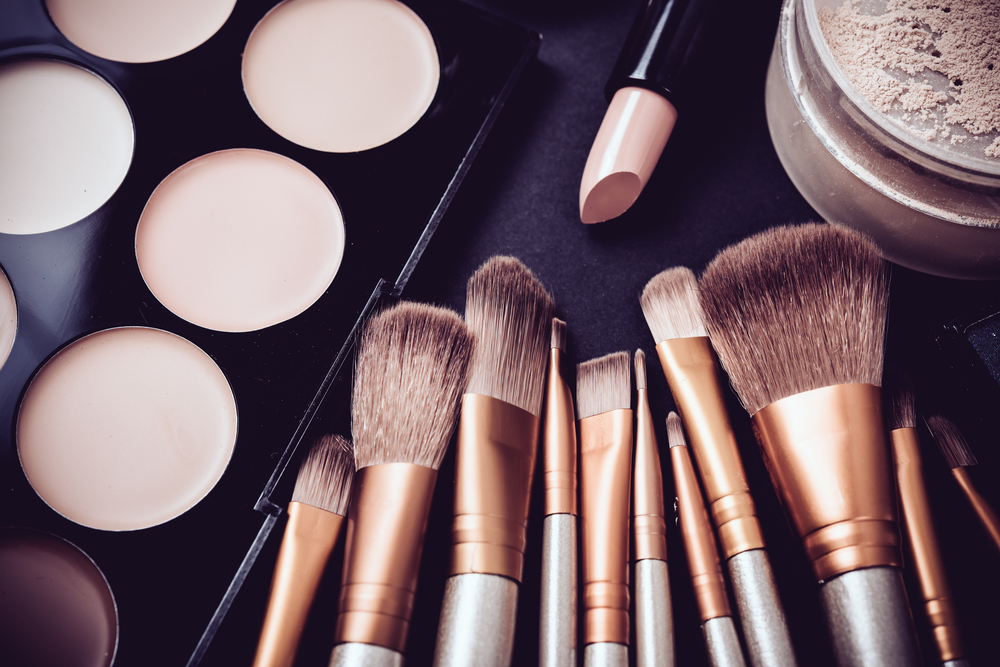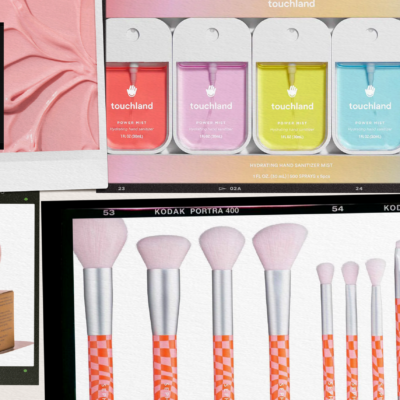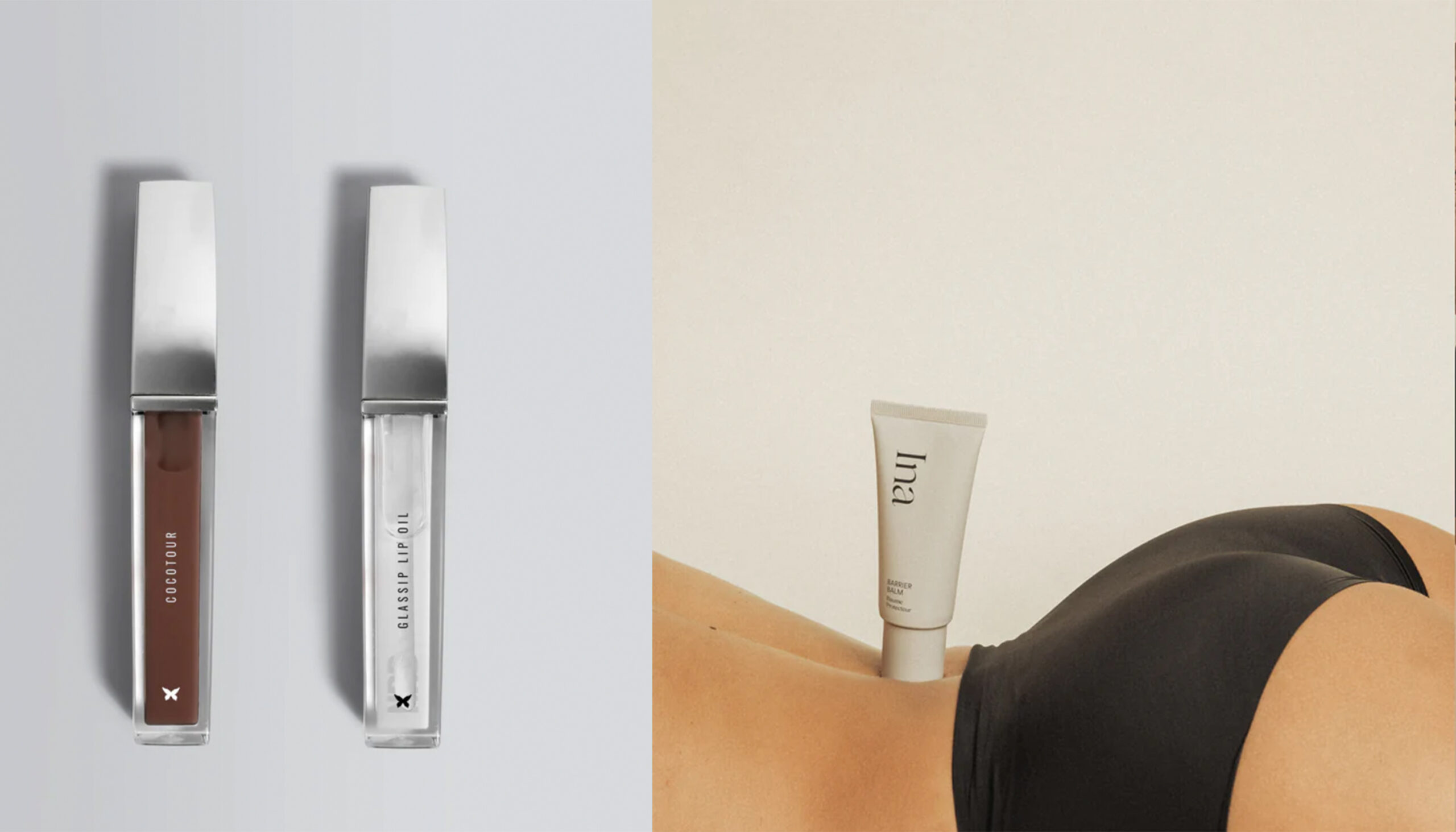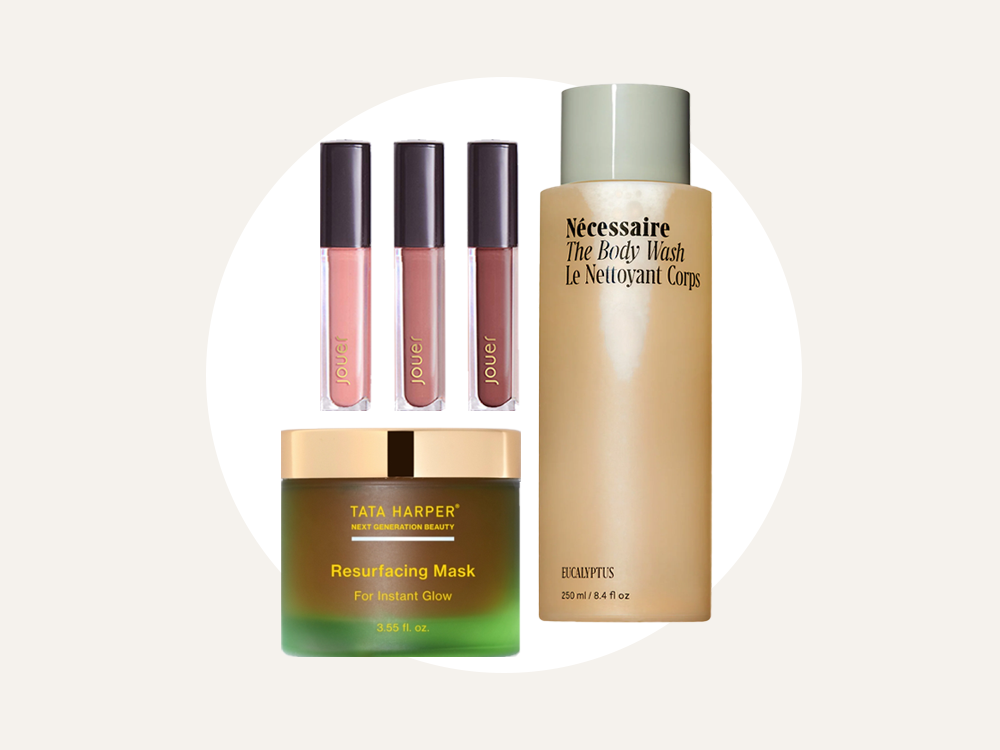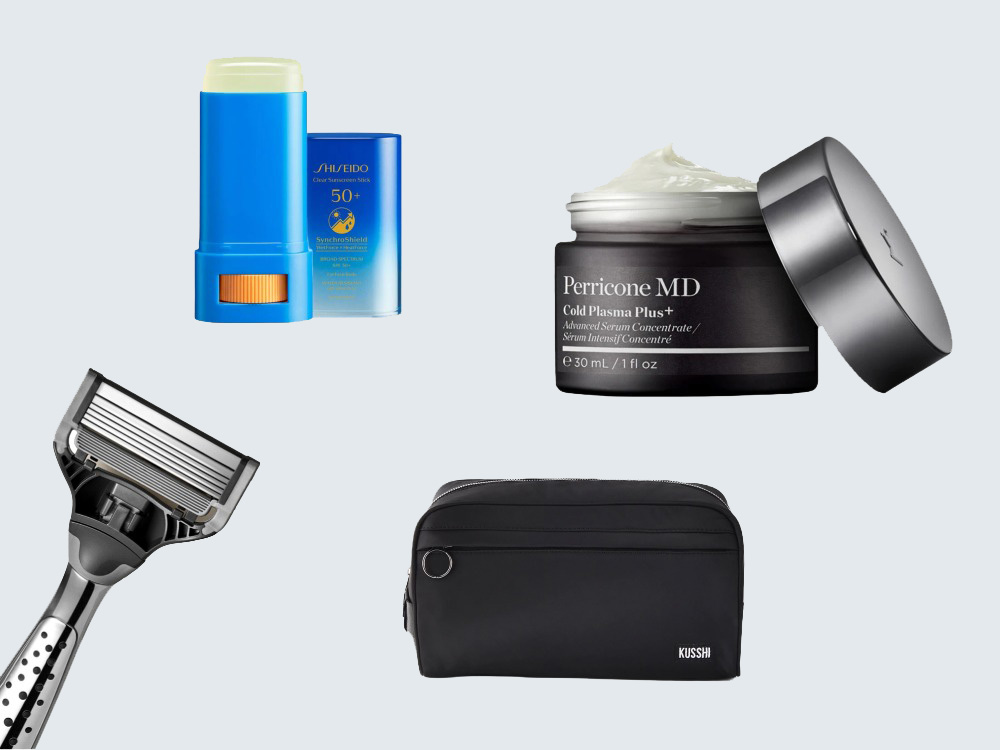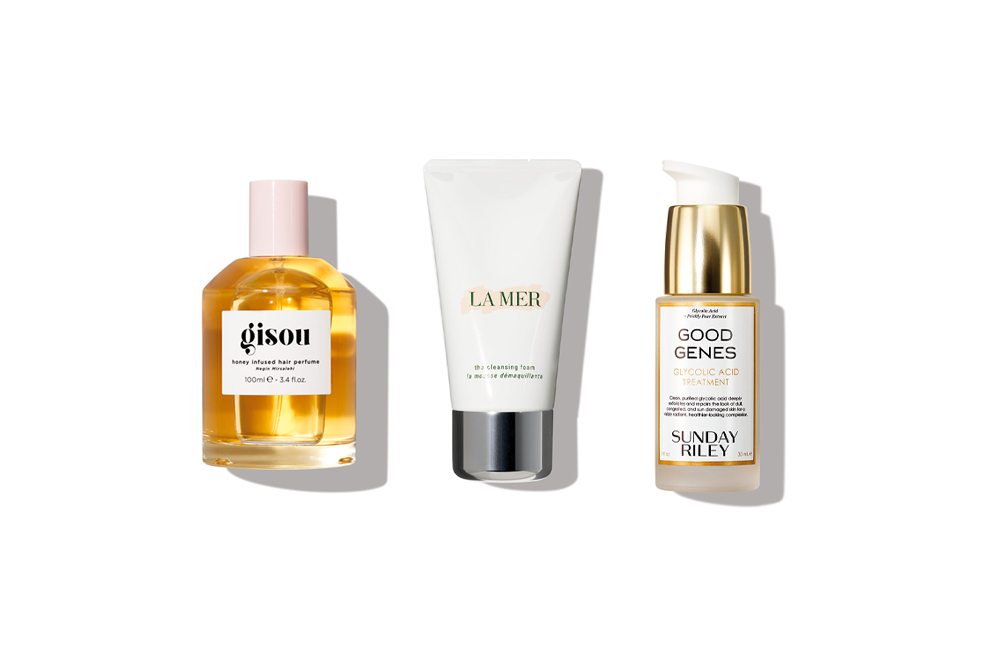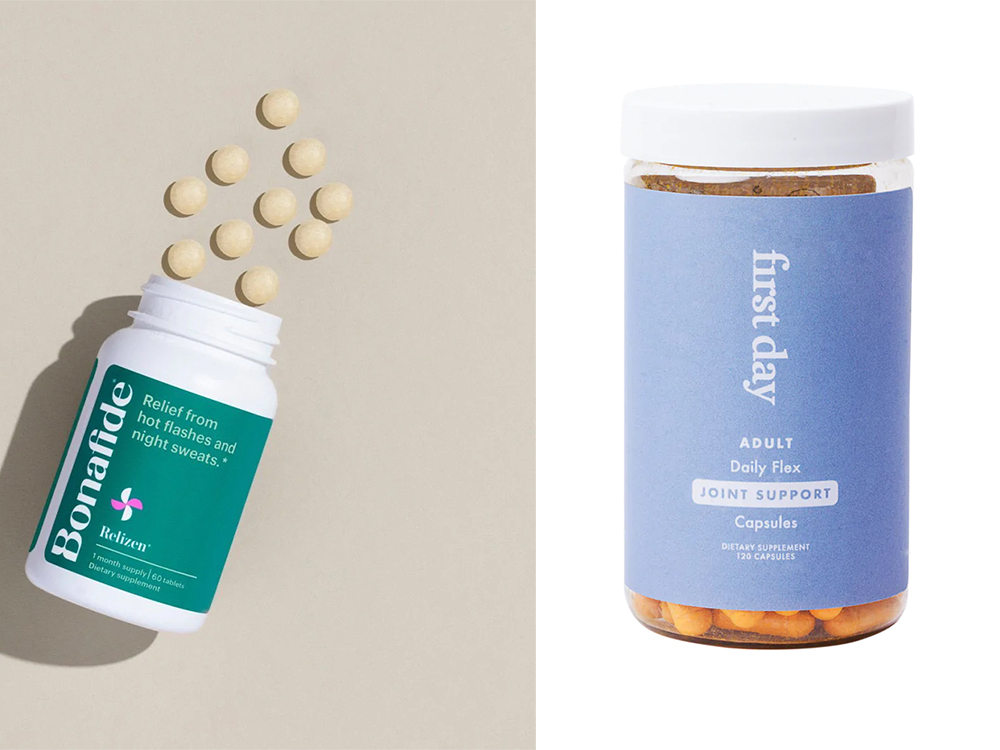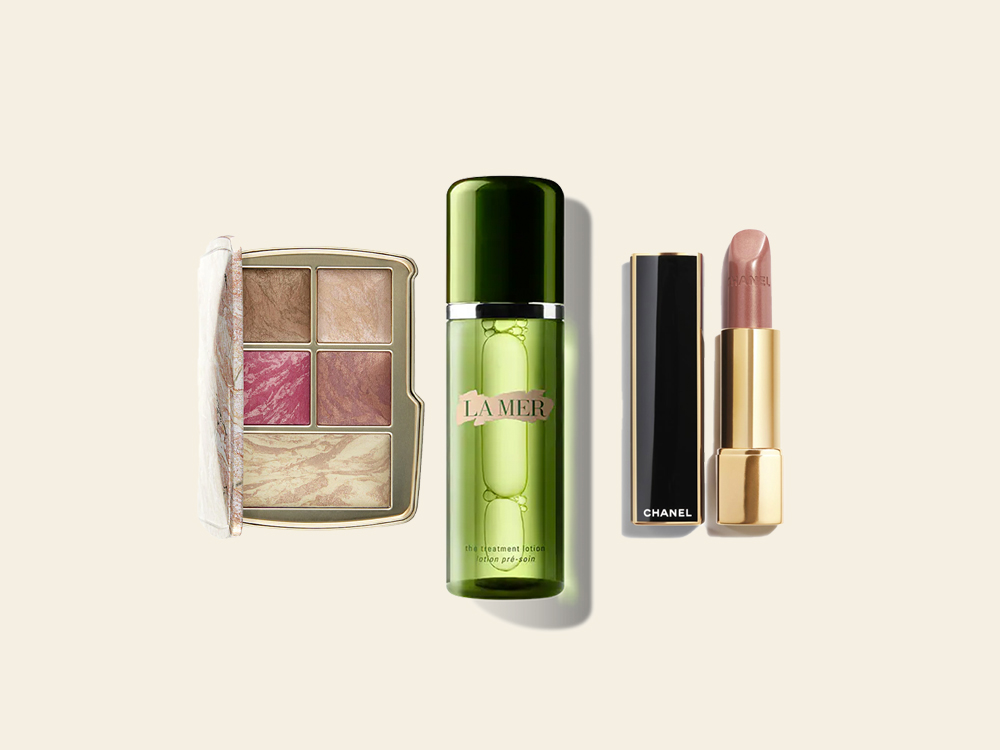Updated January 17, 2017
According to cosmetic chemist Kelly Dobos, while any mention of heavy metals sounds scary, it’s a more complicated story to tell. “Lead is not an ingredient in cosmetics. It is not intentionally added—ever. It comes a long as a trace contaminant in mineral based materials (including iron oxides in so called natural mineral make up which is a fallacy, all iron oxides used in cosmetics are synthetically derived as mandated by the FDA because they are safer) and other colorants (FD&C, D&C colors). The levels of trace contamination are very low and the lead in colors pigments is tied up in a strong chemical bond. It takes a very strong acid, hydrofluoric acid, and additional processing to break this bond for analytical testing to determine the lead value. It’s very unlikely any of this lead makes it into our bodies.”
Originally published December 21, 2016
The Food and Drug Administration (FDA) just announced new guidelines concerning the often-debated topic regarding lead in beauty products. (The document is scheduled to be published tomorrow, but you can read the official announcement here.)
The draft guidance “provides a recommended maximum level of 10 parts per million (ppm) for lead as an impurity in cosmetic lip products (such as lipsticks, lip glosses and lip liners) and externally applied cosmetics (such as eye shadows, blushes, shampoos, and body lotions) marketed in the United States. We consider the recommended maximum lead level to be achievable with the use of good manufacturing practices and consistent with the 10 ppm maximum lead level for similar products recommended by other countries, and we have concluded that the recommended maximum lead level would not pose a health risk.”
You May Also Like: FDA Warns Clay Mask Could Cause Lead Poisoning
According to The Hill, the FDA did note that the majority of cosmetic companies do not use enough lead to pose a health risk—they’re more concerned about the small number of lipsticks that contain more than 10 ppm of lead. (The average lipstick contains slightly more than 1 ppm of lead, according to the FDA.)
“Lead has no place in personal care products, especially products marketed to children, who are especially vulnerable to the toxic effects of lead,” said Scott Faber, EWG’s senior vice president for government affairs. “While we welcome renewed attention from FDA, we urge the agency to prohibit the presence of lead in lip products marketed to children and to require a warning on all personal care products that contain lead. In light of recent revelations of high lead levels in drinking water in Flint and hundreds of other communities, public health agencies should take every precaution to reduce exposure to lead and should be pushing cosmetic companies to reduce lead exposure as much as possible. Congress should also act swiftly to reform cosmetics law to require FDA reviews of other dangerous substances in cosmetics. Sadly, lead is the not only toxin hidden in our personal care products.”
The public has 60 days to respond to the guidelines.
